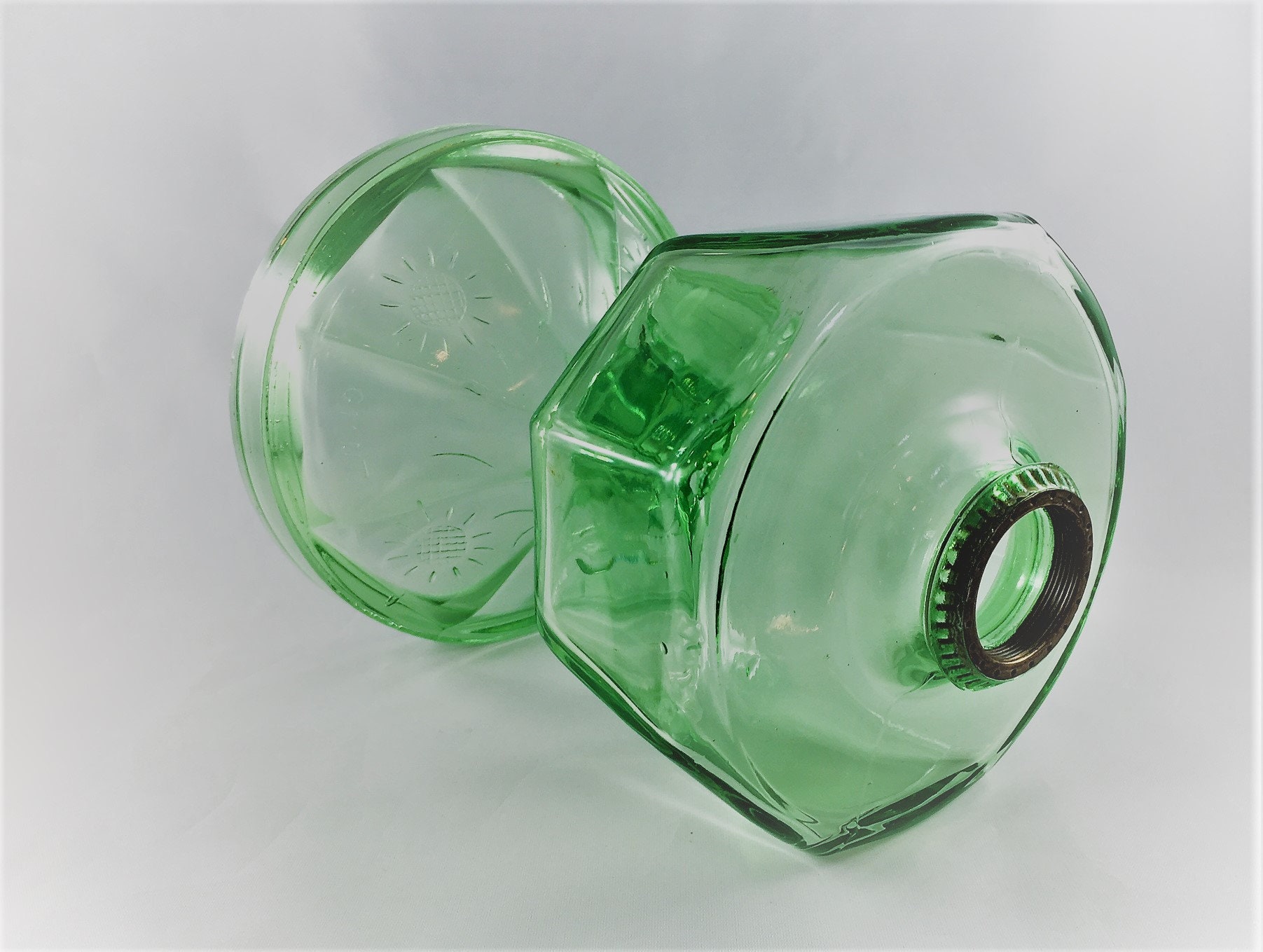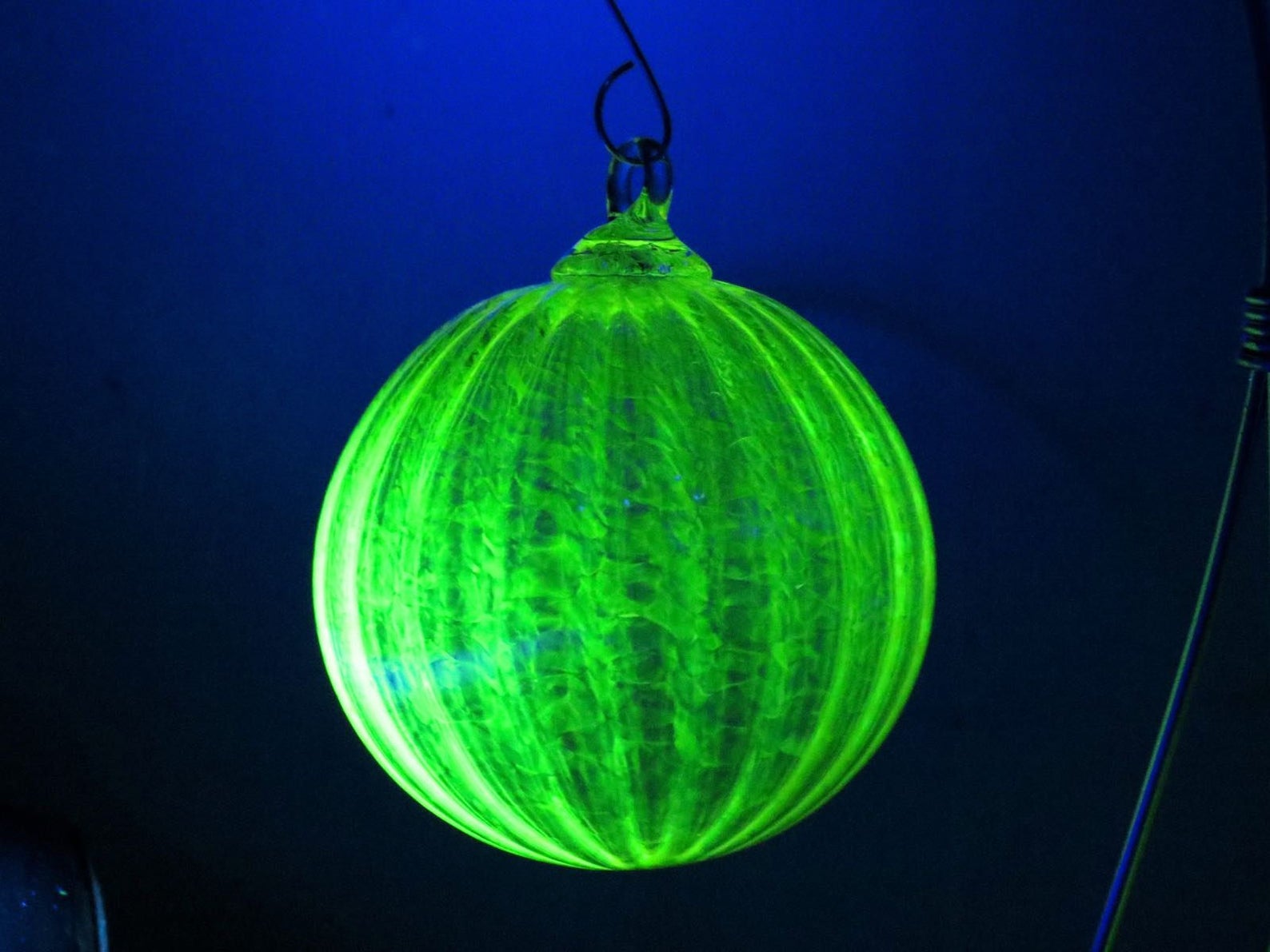

Various insignia styles came and went between these main phases of identifying marks, although the insignias are difficult to pinpoint to just one time, as they were used too infrequently to date a particular piece with any certainty. The initials were abandoned altogether in place of a circled “Westmoreland” around 3 lines.

Around 1982, after David Grossman bought the factory, the mark was again changed. This mark is the more commonly known one by collectors and dealers. In the late 1940s, a stacked “W” and “G” for “Westmoreland Glass” were used. From 1910 to 1929, a “W” within a keystone was used to indicate an authentic Westmoreland piece.

The Westmoreland Glass Company’s identifying marks have evolved over the years but was known to use primarily two marks on their products. Westmoreland Glass Vintage Uranium Glass Bird on Nest – $85 – from GlowNShowAntiques on Etsy Identifying Westmoreland Glass An antique milk glass will have an iridescent rainbow on the rim of the glass, but to be absolutely sure, you can have the glass examined by an antique expert. A real milk glass should be slightly translucent, meaning that light should shine through the glass. Milk glass can be difficult to spot to the untrained eye. Milk glass is an opaque or translucent, milk-white or colored glass that can be blown or pressed into a wide variety of shapes. In fact, from the 1920s to the 1950s, an estimated 90 percent of the company’s production was milk glass. In the 1920s, Charles West added a decorating department to the factory, which allowed for the distribution of crystal and decorated ware, but it was milk glass that kept the company profitable and in the black. Despite producing various types of glass, milk glass was Westmoreland’s specialty. What is Westmoreland Glass?Īs we’ve established, Westmoreland glass was known and respected for its quality. Since the company’s closing, interest in Westmoreland glass has grown among antique glass collectors and is fairly popular among collectors. On January 8, 1984, almost 100 years after its founding, the factory shut down production. David Grossman purchased Westmoreland in 1981, but despite his efforts to revive the business, the same level of interest in the milk glass pieces that Westmoreland specialized in was no longer there. By the 1980s, the company needed a new owner in order to stay afloat. Near the end of the decade of the 1950s, the popularity of milk glass decreased and Westmoreland struggled through the 1970s. This reputation for quality is a major reason why the factory was not forced to close during the Great Depression, an unfortunate fate that many of Westmoreland’s competitors were not able to escape. The change from “specialty” to “glass” made the company’s mission clear to all.ĭue to their good reputation and high level of craftsmanship, Westmoreland milk glass pieces were considered some of the finest examples of the material in the United States. Around the same time George left, the name was changed to Westmoreland Glass Company to eliminate any confusion in the eyes of the consumer about what a “specialty” company might produce. Westmoreland Pressed Glass Plate – $15 – from EleanorsAtticTreasur on Etsyĭisagreements between the West brothers eventually led to George leaving the company, which Charles then ran on his own.


 0 kommentar(er)
0 kommentar(er)
